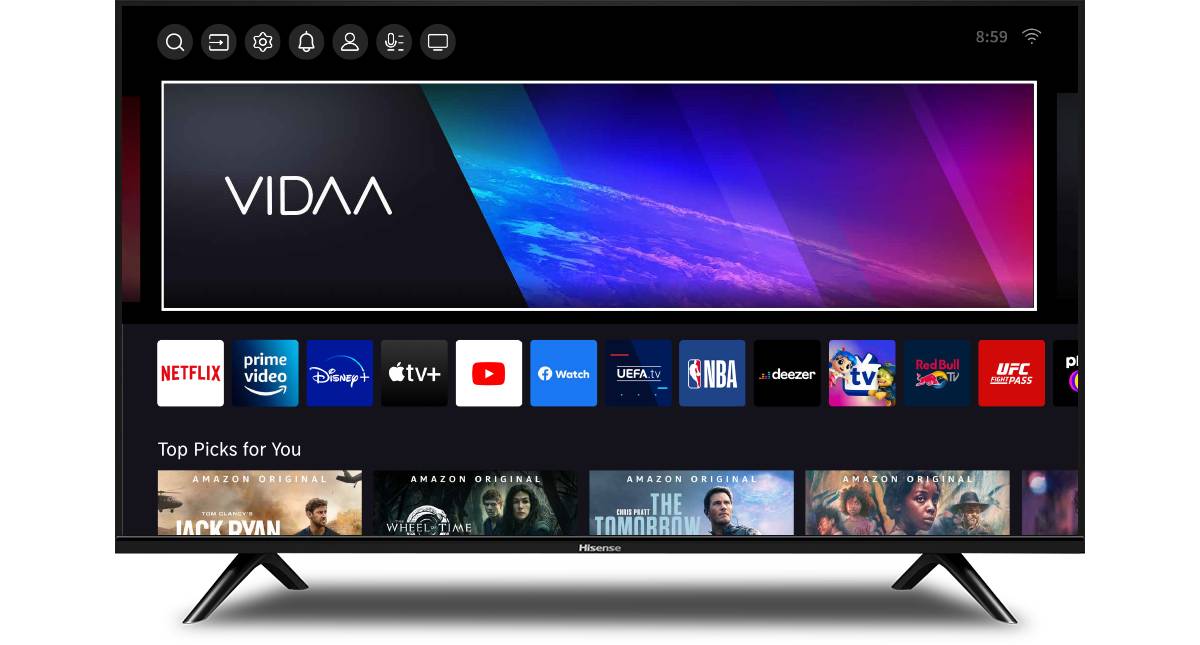Vibe.co, an ad tech company positioning itself as a streaming TV ad platform for small and medium-sized businesses (SMBs), has announced the completion of a $22.5 million Series A funding round led by venture firm Singular. Existing investors Elaia Partners and Sequioa’s Scout Fund, as well as a number of ad tech investors, also joined the funding round.
Vibe launched its self-serve ad platform back in 2022 after completing a $7 million seed-funding round. The company pitches itself as ‘the Google Ads of streaming’, aiming to bring the simplicity of Google’s platform – a key selling point for SMBs – to the streaming world.
Less than two years after launch, Vibe claims over 2000 US clients, and deals with most major TV networks and streaming apps in America which give it access to their inventory. The company hit eight figure revenues last year, and will use this new funding to pursue further growth through investing in its tech and machine learning department, building out its sales team, and setting up strategic publisher deals.
A major untapped market
TV has historically been pretty inaccessible to SMBs. The lack of targeting capabilities made it too blunt of an instrument for many, and broadcasters themselves set high minimum spends which priced a lot of SMBs out of the market.
The advent of streaming has changed the equation. Sophisticated targeting capabilities make it a more attractive proposition for SMBs, and many broadcasters and streaming publishers are lowering their minimum spend thresholds in order to attract new advertisers. Some, like Disney-owned Hulu, have launched their own self-serve platforms in an effort to attract SMB ad spend.
But there are still barriers for SMBs. Few have the resources to work directly with multiple publishers and broadcasters, even when they offer self-serve platforms. And the demand-side platforms which aggregate inventory can be daunting for small companies, which may have any dedicated marketing staff.
Hence Vibe’s ambition to be the Google Ads of streaming TV. Arthur Querou, Vibe’s CEO, says the company is specifically not trying to work with Fortune 500 brands or Madison Avenue agencies, which are already catered to by existing products. And it’s not trying to be a DSP, a term that implies advanced functionality which – while useful for large brands and agencies – is unnecessary for SMBs. The key is keeping things simple, making the platform as intuitive as possible.
Serving the SMB market raises its own challenges. One particularly relevant to the TV world is maintaining the quality of ad creative, preventing low quality or even dangerous ads from being served. Vibe uses a mix of AI to flag potentially problematic creative, and manual validation from itself, the SSP, and the publisher.
Another is finding customers. Truly capitalising on the SMB market means bringing tens or even hundreds of thousands of advertisers on board, and making those advertisers aware of a new ad product is difficult. Querou says this is a major focus for the company, hence why building out its sales team is one of its priorities for this new funding.
The payoff for cracking this market is large, especially in America where local advertisers can have large marketing budgets due to the size of their own addressable markets. Querou describes it as a $60 billion market in the US which is still largely untapped.
And Querou says the size of the opportunity means the broadcasters themselves are open to working with companies like Vibe. American broadcasters in general have taken a more open approach to selling their inventory through open programmatic marketplaces and self-serve platforms. But as mentioned, a large part of succeeding with SMBs comes down to reaching and selling to a wide-range of advertisers. Querou says this friction lets Vibe essentially act as a sales house to SMBs for big broadcasters, since it does the leg work of bringing those smaller advertisers on board.




